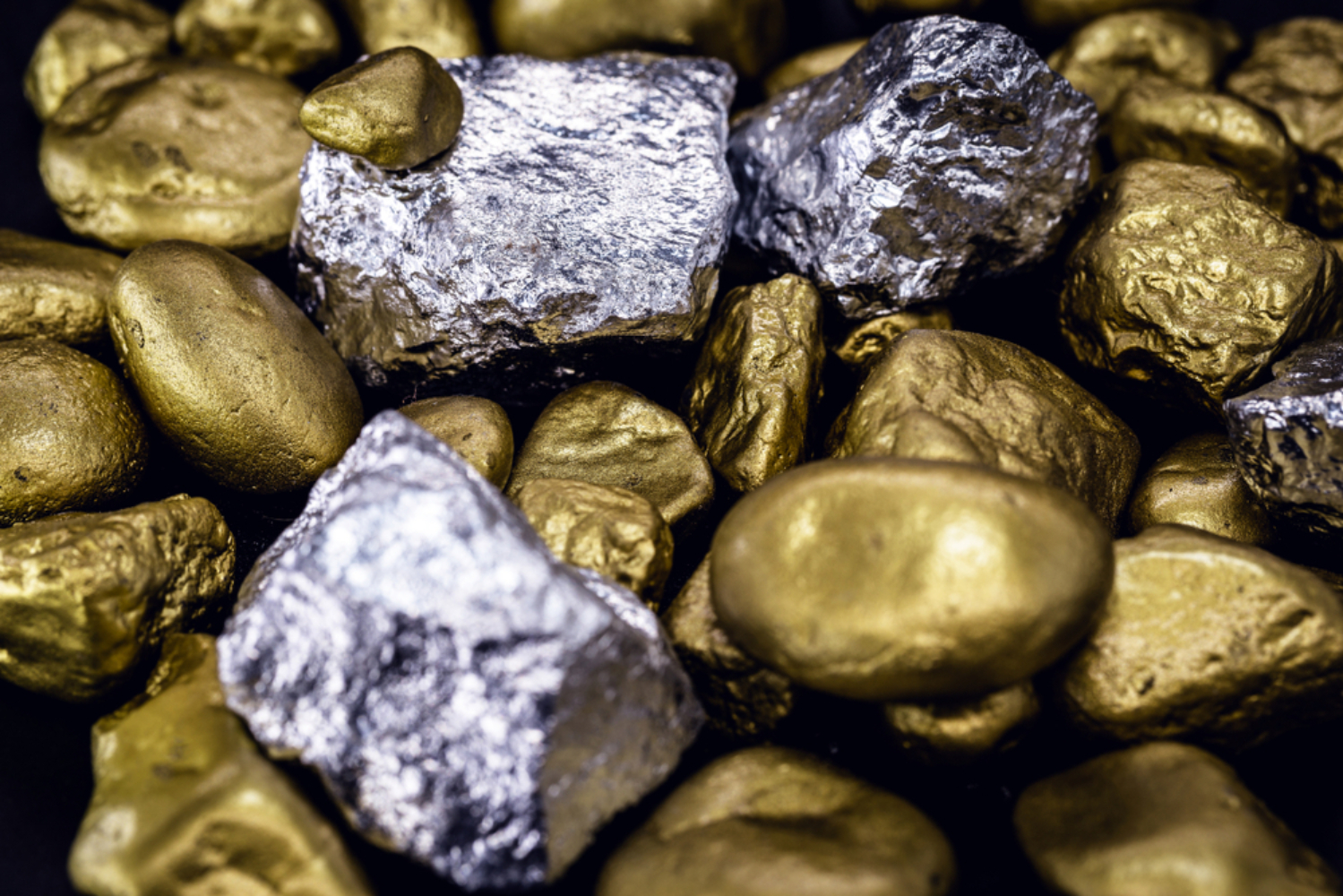
The Scoop on Precious Metals
[ad_1]

Scoop on Precious MetalsJust about every piece of jewelry contains a precious metal. Same goes for old coins, watches, and silverware. But what makes them “precious” exactly? Precious metals are elemental metals that are naturally occurring and have high economic value. In some cases, they can be used for currency, like coinage and bullions. In other cases, they have practical applications such as in technology, industry, and infrastructure. Because of that, they are materials that retain a high purchasing power, not just through time, but also on a global scale.The most well-known precious metals are gold and silver. Throughout history, they have been used as a monetary standard. However, in times of economic distress or prior to standardized currency systems, gold and silver have been traded or melted down for value. One could find gold and silver attached to fine jewelry, housewares, silverware, and more. When it comes to jewelry, the most common precious metals people look for are gold, silver, and platinum. But what makes each one stand out? And for that matter, why are there five different types of gold settings to choose from? GoldGold is measured by its fineness — also known as karats — which measures the amount of pure gold alloyed into the piece. Using karats as a standard, it makes it easier for jewelers to know the total gold content per 24 parts immediately. For example: 24 karats of gold is 24 parts of pure gold. However, because of gold’s softness, it is common to mix in other alloy metals to increase the piece’s hardness. That way, the piece is less prone to scratches, bending, or any other issues that could cause long-term damage. An alloy is a mix of metals or non-metals used to give the original material desired qualities. That might mean variations in color; lower or higher melting points; and of course, price points. That’s why, when we say 18 karats of gold, we’re referring to 18 parts of pure gold per 24 parts, with the other six parts composed of metals such as silver, nickel, palladium and copper. The same goes for 22k, 14k, and 10k pieces of jewelry. SilverSilver is a major player in the precious metals game – and has been since at least the 12th century! When silver first appeared on the scene, it was used for commerce. Nowadays, it can be found in just about anything — flatware, vases, jewelry, paper clips, hair brushes, instruments, tools, and more. It’s a popular precious metal for jewelry, partially because of its luster (shininess) and partially because it’s so abundant that it is much less expensive than gold or platinum. The one caveat is that silver can tarnish easily, but if stored properly in a pouch, silver can retain its luster and shine beautifully.PlatinumIf you’re familiar with platinum, you know it’s usually the most expensive metal to pair with a gem or stone. That’s because it’s naturally white, dense, rarer than gold, and doesn’t tarnish. It can also be used for industrial purposes, such as catalytic converters — and about half of the platinum mined in the United States is used for industrial purposes! Those qualities make it an incredibly desirable precious metal to use, especially when it comes to engagement and wedding rings. No matter what type of precious metal you’re interested in, we carry them all. You can use our online store’s filters to see what pieces we have available with platinum, gold, or silver settings. You can also make an appointment to visit our showroom if that’s more your speed. Whether it’s jewelry, old coins, homeware, watches, or more, we can help you find the perfect precious metal to match your style. Sources: https://en.wikipedia.org/wiki/Precious_metalhttps://www.thoughtco.com/list-of-precious-metals-608467https://www.gemsociety.org/article/jewelry-metals-overview/#Platinum
[ad_2]
Source link

